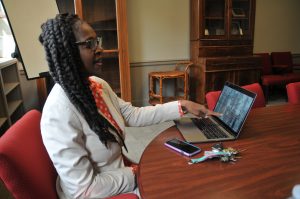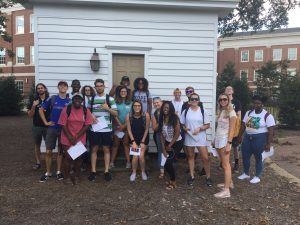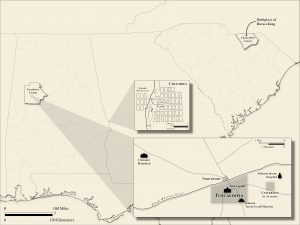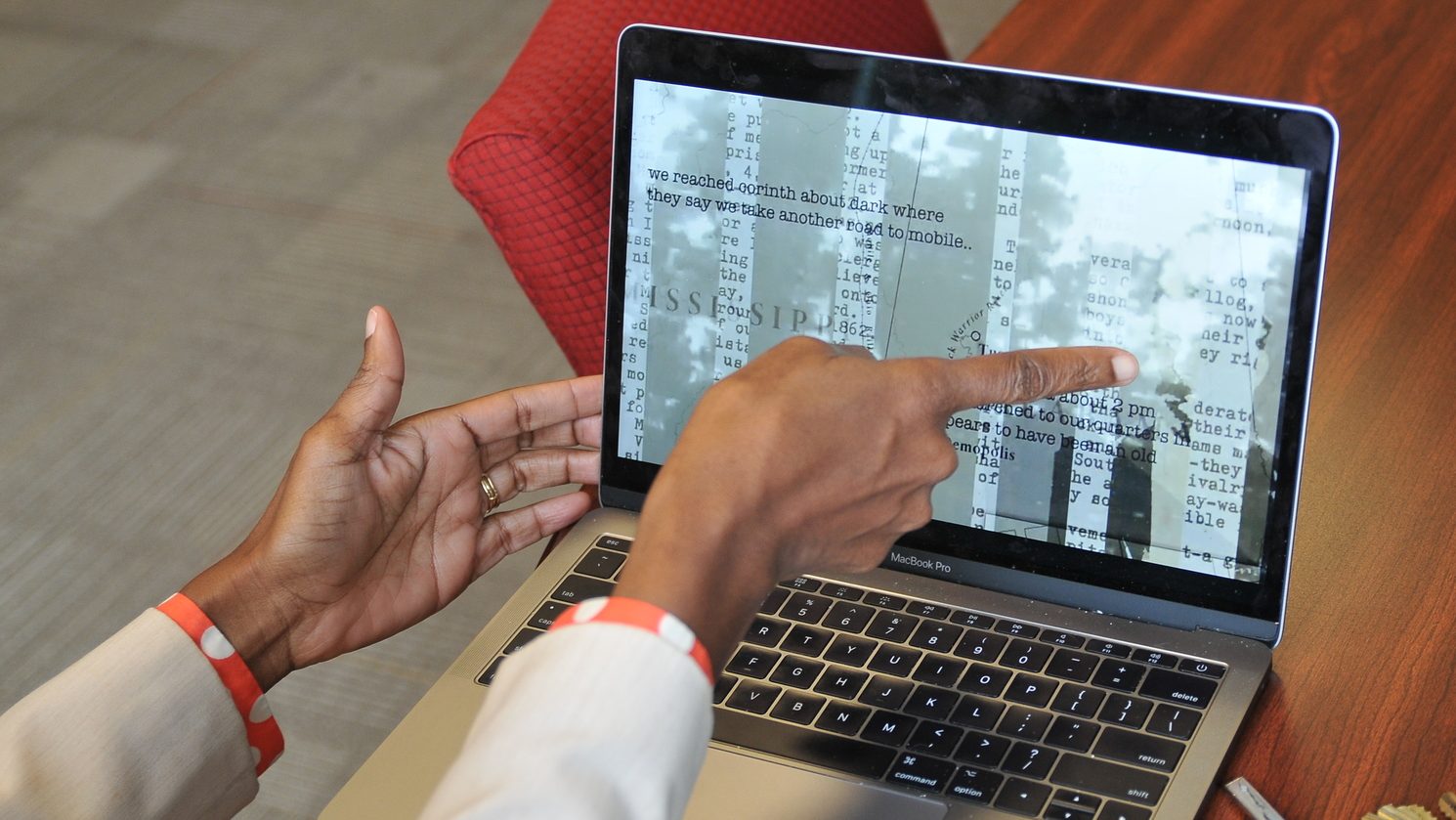
TUSCALOOSA, Ala. — The stories of three historic figures from Tuscaloosa’s Antebellum past will soon be brought to life in a unique way involving sound, surviving documents and animated maps showing their journeys.
The event featuring these “story maps” is called “Space Matters,” and it will be held at The University of Alabama’s oldest building, the Gorgas House, April 16 from 5:30-7 p.m. It highlights the discoveries of UA students who took “Antebellum America History” last fall with Dr. Sharony Green, a UA assistant professor of history.
It will also feature an excerpt reading from New York Times-bestselling author Dolen Perkins-Valdez’s new, yet untitled book, set in Alabama.
“Space Matters” is one of several projects occurring around the state in 2019 in celebration of the bicentennial for the City of Tuscaloosa and the state of Alabama.
“During the fall 2018 semester, students enrolled in Antebellum America were challenged to think about the complex ways humans interact with one another before and after the Civil War,” Green said. “Rather than just write essays or study old letters, they created story maps that revealed how some of the most unlikely individuals made claims to power as the Cotton Kingdom expanded.

“The story maps are three stories that show how the historical actors we’re presenting on moved from one place to another in their lives,” Green said. “We get to see them leave their hometowns, travel the railway, meet important people in their lives. In all three cases, Alabama was a destination with very different implications for all three people.”
Utilizing letters that survive in UA’s W.S. Hoole Special Collections Library and exploring historical sites throughout the city, such as the Jemison-Van de Graaff Mansion, the Drish House and the ruins of the former state Capitol at Capitol Park, students discovered the stories of Sarah Gayle, the wife of John Gayle who was governor of Alabama from 1831 to 1835, former Alabama Sen. Robert Jemison Jr. and Horace King, an enslaved bridge builder who was later freed.
“In all three of these case studies we see how space matters,” Green said. “When I say space, I’m talking about something that’s more charged in the place.
“We know these places are all in Tuscaloosa, and that Tuscaloosa is a place on the map in the state of Alabama, but a space is where you actually see people negotiating their lives. But, what does that mean? So, for 16 weeks we had those types of conversations, and I took them to these spaces because I really wanted them to move through space to think about how people make claims to power.”

Jamie Bonner, a 27-year-old senior from Flint, Michigan, majoring in criminal justice with a minor in history, said she didn’t know that Tuscaloosa used to be the capital of Alabama before taking the class. But, the most interesting thing she learned was King’s story.
“Horace King created the bridge from Tuscaloosa to Northport – the long green bridge,” she said. “He also created a staircase in the new Capitol building in Montgomery after they dug up the Capitol building that was in Tuscaloosa and moved it Montgomery. All we have left is the ruins of it at Capitol Park in Tuscaloosa with its name still living on.”
Bonner is one of the students who will share her discoveries before Perkins-Valdez’s reading at the exhibit.
The exhibit will be displayed until June 30.
Contact
Jamon Smith, communications, jamon.smith@ua.edu, 205-348-4956
Source
Dr. Sharony Green, sagreen1@ua.edu, 205-348-7100
